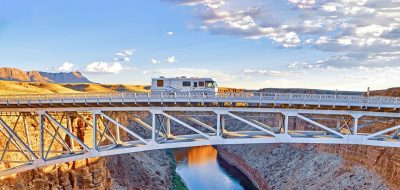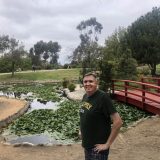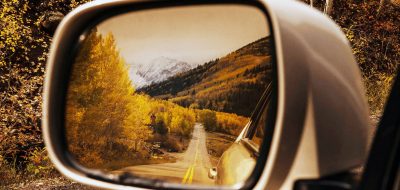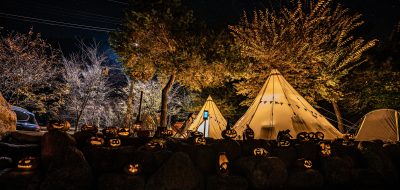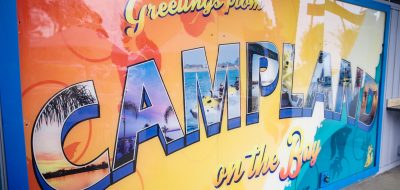My two previous posts have discussed our August, 2013 visit to Chaco Canyon, a World Heritage Site in northern New Mexico. This post will discuss some of the images these ancient ancestors of modern Pueblo, Navajo and Hope peoples left behind on the walls and rocks of this ancient village in an attempt to communicate with each other.
A self guided trail from Pueblo Bonito to Chetro Ketl, two previously discussed Great Houses in the Chaco Canyon settlement, takes visitors past some of the more unique and impressive petroglyphs. Most likely intended as visual communications to symbolize clans, record important events during migrations and act as memory aids for recalling stories and ceremonies, petroglyphs memorialize clan migrations for descendants of the canyon peoples. Rock images can give us great insight into the lives and culture of ancient peoples and tell us about their homes, tools, foods and other tangible possessions. Even though the meanings of some of the images are mysterious, we can appreciate their aesthetic and technical value.
Walking along the Petroglyph Trail, one of the first images we noticed was that of a bird on a rock overhead. Chacoan people pecked petroglyphs into the rocks using hard hammerstones, sometimes with strikers for greater accuracy and control. They also used sharp-edged stones for incising and scratching. Chaco is the only know place in the world where techniques such as these were all combined in a single image.
Most of the petroglyphs include common components, such as spirals and open-armed and open legged stick figures. Most of the images face either south or east. While no accurate dating methods have been developed for rock carvings, the presence of these images near the Chaco buildings most likely indicate they were made when the buildings were in use from 850 to 1250 AD.
The petroglyphs at Chaco Canyon, and the site of any ancient civilization, are powerful cultural symbols that reflect the complex society and spiritual practices of the people who inhabited the site. Some people believe the petroglyphs were executed to commemorate important ceremonies, astronomy, hunting, clan and individual identification, and also for marking migration routes. Others speculate they represent forms of visual communication, artistic expression and connection to the creators. While interpretations differ, one thing we all agreed upon after seeing the images, they provided a brief window into the lives of the former residents of Chaco Canyon.
Read more about New Mexico campgrounds and things to do in New Mexico.

